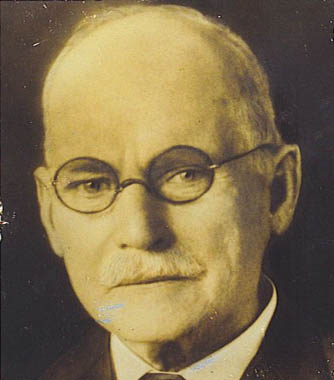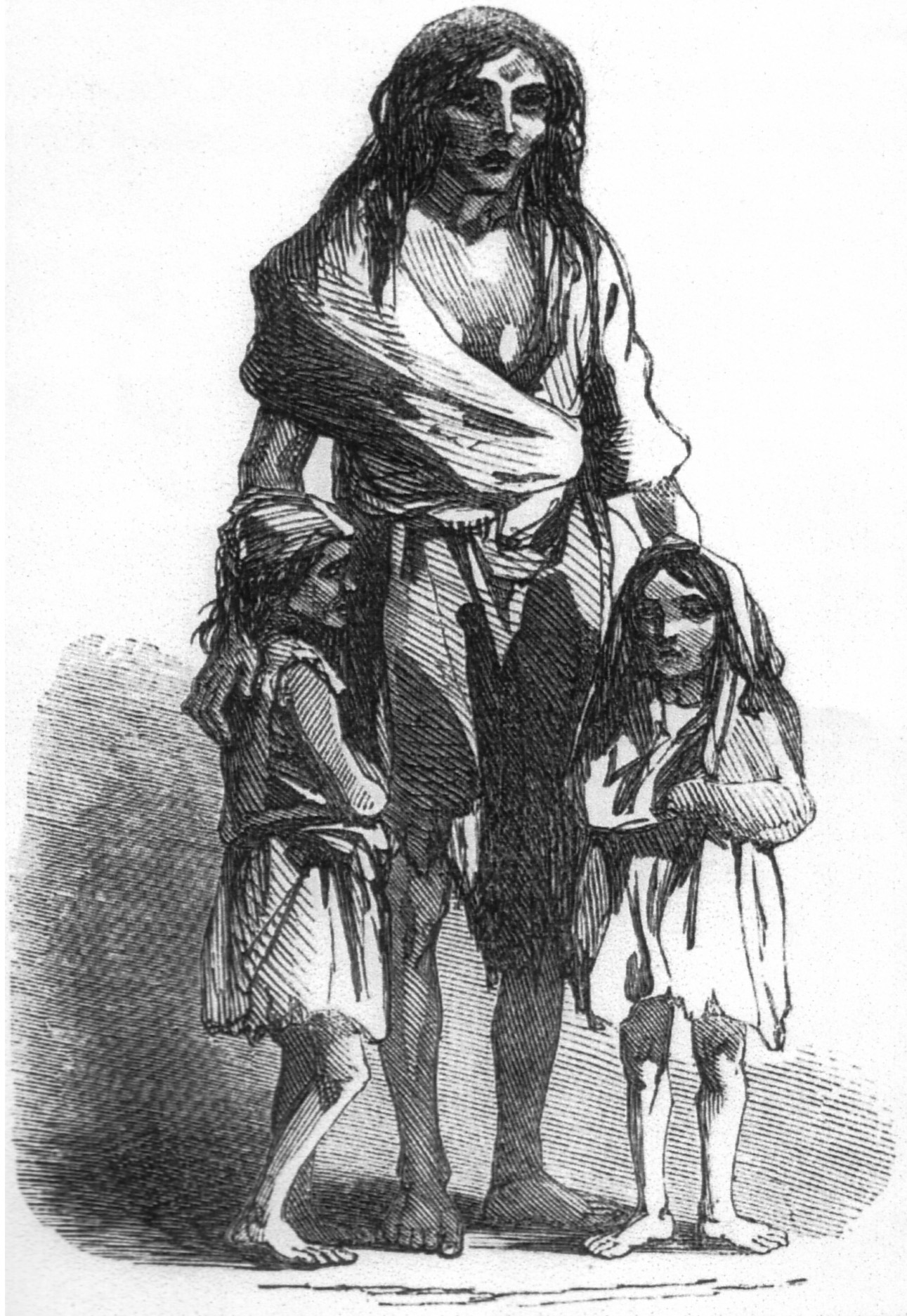Luke Dillon, who was involved in what were called the Dynamite Wars of the late 1800s—an effort to secure Irish freedom by bombing quintessentially British targets such as Scotland Yard and Parliament–was the embodiment of the phrase, “one man’s terrorist is another man’s freedom fighter.” In fact, in the index of one book written about that campaign, he was listed as “Dillon, Luke (terrorist).”
An article about Dillon in an Irish newspaper was headlined: “The life story of a revolutionary who never saw his native land.” Technically though, Ireland wasn’t Luke Dillon’s native land. He was born in a poor, largely Irish section of Leeds, England in 1850, where his parents, Patrick and Bridget McDonald Dillon, emigrated from their Sligo home to escape the ravages of the starvation (an gorta mor).
Dillon didn’t even spend much time in England, except later, on “business.” His parents emigrated again, this time to Trenton, NJ, when Luke was six and where he lived until he was 18. Unable to find work, he joined the US Army and became a pony soldier out West—Wyoming and Montana—where by all accounts he took part in the Indian wars.
He was honorably discharged in 1870 and he moved to Philadelphia, where city directories say he was a shoemaker who specialized in slipper making. He married and had a large family.
While in Philadelphia, he met two men, James Gibbons, a printer, and William Carroll, a doctor, who were active in Clan na Gael, a leading Irish republican organization in the US He joined the organization and quickly became a leader.
At a 1881 Feinian convention in Chicago, another physician, Dr. Thomas Gallagher, asked members to support a dynamite campaign that would take the fight for Irish independence directly to Britain. Dr. Gallagher had been experimenting with making dynamite and volunteered to bring it to England, which he did with a small army of volunteers who made the explosives in Birmingham, which, because it was an industrial city, was the perfect place to order the ingredients without arousing suspicion.
And it almost worked. Bombers hit several targets before a clever chemist became suspicious and contacted police. Many of the dynamitards, as they were called, were arrested, including Dr. Gallagher.
But the bombing campaign did not end. While two of the dynamitards were awaiting trial, Luke Dillon and two other men sailed to England and took separate lodgings in London. They had Dr. Gallagher’s list of targets and some Atlas powder cakes, an explosive made in Philadelphia. Among their targets were the headquarters of the Intelligence Department of the War Office (Adair House), the Army and Navy Club in St. James Square, Scotland Yard , which also contained officers of the much hate special Irish Branch, Trafalagar Square, and more icons of British power. They planned to set off bombs at each of these places on one night, May 30, 1884.
Dillon may have been the most daring of the bombers. In fact, he was prepared to be a suicide bomber. He told friends he carried matches and a cigar to light the belt filled with dynamite he wore in case he was cornered. He was also reportedly the model for the character called “The Professor,” an anarchist, in the book, “The Secret Agent,” written by Joseph Conrad of “Heart of Darkness” fame.
On May 30, as bombs were going off at the Junior Carleton Club, an upper class political resort, Luke Dillon entered Scotland Yard and placed a bomb against the wall of a public urinal. No one was killed, but parts of the walls of the building were blown off. Collateral damage was a pub across the street where one customer was injured and had to be taken to the hospital. The police cordoned off the area but by then Dillon was long gone—headed back to New York with his two compatriots, one of whom returned not long after and bombed London Bridge.
But Dillon wasn’t done. He returned to London the following year with the intent to bomb Parliament. The Houses of Parliament and Royal Apartments of Westminster were open to the general public every Saturday but to get in, he needed a ticket. So Dillon went to the lord chamberlain’s office and requested two, which he received.
He and his partner walked up the grand staircase and turned right into the queen’s robing room, where a policeman was on duty. They proceeded to the royal gallery and then to the prince’s chamber, which also had a police guard. They wandered through a few other rooms, noting the guards, until they came to the House of Commons. There was a barrier there—but no guard—so Dillon coolly ducked underneath the barrier, went to a ventilating chamber and undid his belt, which was loaded with dynamite. He placed it by the side of a bench and lit the fuse. He checked his watch and then went back into the hall.
Instead of running, Dillon and his partner strolled through the halls to Westminster Hall, where Dillon’s partner placed his dynamite belt and lit it.
Then the two of them walked, again casually, toward an exit.
A few blocks away, another bomb was set at the tower of London. The two bombs at Westminster went off, and unfortunately a civilian was badly injured.
Dillon later attempted to bomb the Welland Canal in Canada, a vital part of the St. Lawrence Seaway, to paralyze the shipping lane while the British were embroiled in the Boer War. Canadian officials were on alert and nabbed the men, including Dillon, who was tried and sent to prison for life.
US politicians asked President William Howard Taft to intercede with the Canadian government to release Dillon, but Dillon himself was uncooperative. He refused appeals by Clan na Gael leaders and Joseph McGarrity to admit his guilt and petition the Canadian government for clemency. As he wrote to friend, he believed that if he did so, “the rest of my life would not be worth such a surrender of principle.”
Apparently, Dillon’s friends and family assumed he was dead until an article appeared in the New York Times on July 12, 1914 stating that “the Irish patriot Luke Dillon” was released from the Canadian prison and had sent a telegram to Joseph McGarrity, asking to meet with him in Atlantic City, NJ.
At the time of his release Dillon was 65. He remained active in the Clan na Gael organization and became a valued member of McGarrity’s inner circle. He lived to see his dream of taking the fight to England in the 1916 Easter Rising and the birth of the Republic of Ireland in the 1920s. He died in 1930 at the age of 81.
Those in our terror-torn world who prefer a peaceful solution to the world’s ills might have trouble reconciling the purity of Luke Dillon’s motives with the lethal means he chose to achieve his aims—and this was true even in Dillon’s day. In a letter written while Dillon was still imprisoned, John T. Keating, of Chicago, a former president of the AOH, said about the man he admired, that Dillon “loved Ireland not wisely but too well.”


